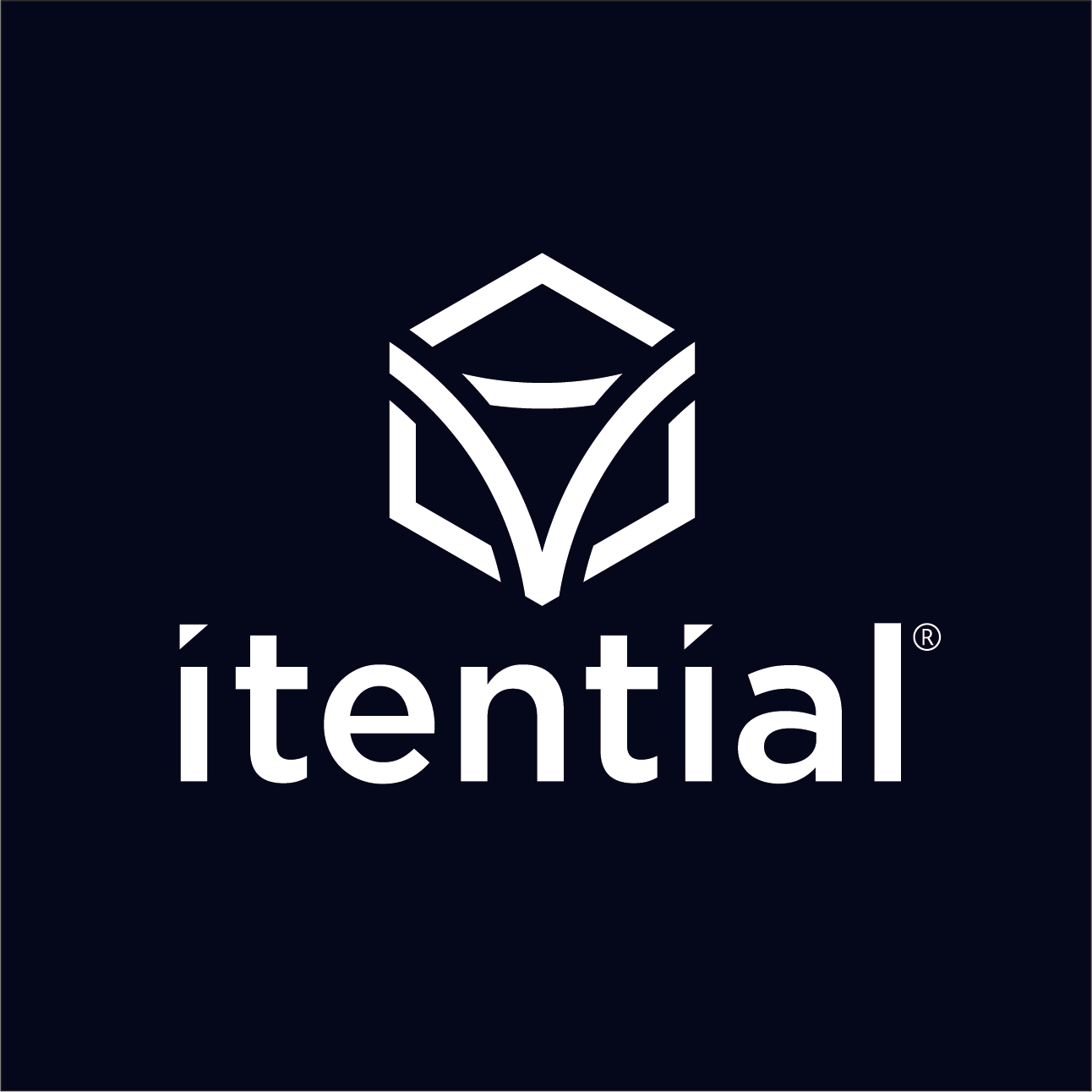Network managers are turning automation to support new, advanced capabilities, but they need an overarching strategy to drive the most transformational change.
The nature of the network continues to be driven by the movement towards 5G, the demand for speedier connectivity to align with hybrid workforces, and an increasing number of digital applications being deployed across organizations. Additionally, with many organizations transitioning their on-premises programs to the cloud and shifting from CLI-central models towards virtualized API-centric interfaces – network managers are looking to invest more heavily in automation to support new, advanced capabilities. In order to truly maximize the benefits that can be reaped from automation, organizations need an overarching strategy to effectively execute new programs and drive the most transformational change across the entire organization.
This strategy should not only include a shift in specific approaches to automation deployment, but a shift in the end goal – this being to drive business outcomes, rather than just reducing manual effort. In driving business outcomes, adopting an “Automation Factory Model” as a core part of the strategy can enable organizations to avoid the pitfalls of ad-hoc automation and extend automation deployment methods beyond simple tool selection.
Purposeful Automation Initiatives
When shifting away from an ad-hoc automation approach, organizations should prioritize all-encompassing automation strategies and move beyond simple tool selection. Investing in an automation tool is not a strategy – it is an element of strategy. Therefore, when forming a strategy to support the Automation Factory Model, appointed leadership is needed to address the main areas, which include people, technology, processes, and metrics. For example, from a “people” aspect, different deployments are likely to be more successful if led by a team of professional engineers and developers who are well versed in these unique systems. An automation strategy must also address the execution of software, integrations, and connectivity – focusing on the technical capabilities to interact with multiple domains. By incorporating all four elements as the foundation of an automation strategy, teams will feel more confident when utilizing automation across all connected operations on a regular basis versus applying it on a whim.
Of course, it is important to extend beyond the implementation step of an automation strategy to encompass such initiatives across the business – rather than for just one user/engineer for a singular task. For success, businesses need to align all groups and executive leaders in efforts to transition to an automation-centric model. This might involve shifting away from emails, manual database interactions, and spreadsheets – and towards automation-enabled platforms that can be deployed to collect, analyze, transform, and engineer the data during the planning and design phases. Additionally, this transition to an automation model will be successful if teams can tap into platforms that can connect seamlessly with databases and IT systems and manipulate data using accepted engineering rules for creating and testing the changes to the network. As a result, teams will save time and energy that comes with the act of manually making changes to the network and establish a more efficient process with the power of intelligent platforms.
Avoid Automation Limitations with a Platform Approach
Another transitional piece of the puzzle involves the shift from a tool to a platform approach. Rather than going with a tools-based approach and deploying automation to standalone, repetitive tasks traditionally performed by an engineer – teams should look towards platforms to weave across entire processes, pushing for a more holistic, transformative impact across business operations. Further, going with a tools-based approach often relies on the human-central paradigm – therefore, standards aren’t driven by technical requirements – but by human limitation. In contrast, a platform-based approach reflects a more machine-centric paradigm. This paradigm involves automating an entire process, not just individual tasks. As a result, teams gain the flexibility to do much more in much less time with fewer resources — truly making innovation possible.
Zooming out across the entire industry, the rate of change in network technologies is increasing as digital abilities evolve in line with the future of work – and the value of a platform-centric model is becoming even greater. However, creating an in-house automation platform can be burdensome from both a cost and time perspective. This is where third-party groups come into play and create a new source of support for time-strapped engineers. Bolstering a platform-focused strategy with third-party groups allows organizations to utilize a pre-integrated, pre-tested technology and can often require no ramp-up period. Third-party groups can also serve as a single source of support for engineers and help integrate platforms quickly with a wide range of systems. Therefore, by taking a more platform-based approach that involves third-party collaboration, teams can avoid limitations that can often come from automation performance and capabilities derived from their own internal systems.
Evaluate Business Value with a Metrics-Driven Approach
In order for organizations to understand the extent of transformation that their automation investments and strategy has leveled out to, they need to outline specific areas that can drive business value. This will not only give the organization more direction on where to channel their efforts but help them understand the impact of network automation from a more holistic perspective. With this stronger understanding, IT departments can more effectively utilize automation and advance their own knowledge and capabilities – both within the organization and across the industry.
One area for maximizing business value is workload unit cost – which is the cost of the system where automation is being deployed in relation to how many activities it has completed or will complete. In order to incorporate this into an evaluation, consider how the capacity and cost of the automation platforms provide the lowest workload unit cost. Similarly, efficiency and productivity are other areas that are keen to focus on. Does the automation platform require heavy human involvement? Or can it operate unattended and save time for more team productivity? This also connects to the idea of how long the total elapsed time for an activity to be completed is, or in other words, time-to-complete in using the platform. Lastly, how complex are the activities that are being performed, and can the platform automate a variety of use cases required by the business? These are all questions and areas to consider as teams evaluate the overall impact that an automation platform can have on the organization as a whole.
As workforces continue to rely heavily on digitalization to continue business amid pandemic recovery – the sophistication and demand of network delivery will rapidly advance and eventually become baked into overall business strategy in the years to come. By basing automation strategies off of Automation Factory models, technology leaders can drive more value within their organization through alignment on business objectives, maximizing their investments and impact of automation efforts.
To learn more about how to embrace an Automation Factory approach to network management leveraging the Itential Automation Platform, read the full white paper, “Building an Automation Factory to Transform Network Operations.”
Article originally published on www.NetworkComputing.com






